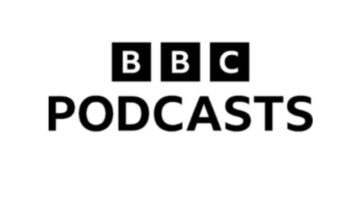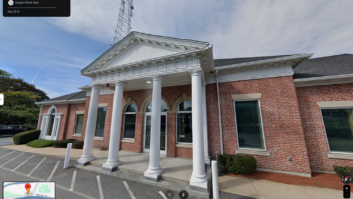
A highly intelligent, successful general manager recently informed me that radio stations don’t need to advertise their own product. Having heard this line with increasing frequency in the last five years, I was prepared with my standard retort: “If advertising a product doesn’t deliver a result, how does your radio station manage to sell so much airtime?”
I usually receive a predictably incredulous stare followed by this kind of response: “That’s different. Retail advertisers are actually selling products and services. We are selling entertainment and information. People are always searching for entertainment choices, so we get sampling just by being on the air. Besides, we’re very active on Twitter and Facebook and we do a ton of events. Just last week, we did a huge blood drive, two bar appearances and a concert. Lots of people come into contact with us that way.”
Behind every good lie, there is a veneer of truth regarding every level of this logic. Radio stations — especially those with great signals — do get sampling. However, that kind of sampling is short-lived, erratic and often based on the need to simply find an alternative to something the listener doesn’t enjoy, like a commercial break that’s too long, a song he or she doesn’t like or a boring talk segment.
If you’re in the game long enough, you come to learn that a station can undoubtedly grow an audience through great programming and regular sampling. The question is more about how long you have to be around to get enough sampling to grow. (It doesn’t hurt if your station has a unique, memorable format.)
Regarding social media as a marketing tool, yes, it can drive tune-in — the bigger the quantity of fans, the more likely you will drive action.
However, those who focus on social media to drive tune-in without pushing out any real content run the risk of lessening their own effectiveness when they bombard fans with tune-in messages.
Also, while the reach of Facebook and viral nature of Twitter will go out to an audience significantly larger than those who subscribe to your social media outlets, it is typically a tiny number of people compared to the size of the city in which you broadcast.
How about so-called event marketing? Does it help? I’ve long felt that pressing the flesh is vital to building brand loyalty. Over the years, your on-air personalities can meet a lot of people. However, this, too, is highly unlikely to drive a perceptual change in ratings because it happens so gradually. I’ve got to add that event marketing isn’t real marketing either.
So, what is real marketing?
Real marketing reaches massive numbers of a target audience with high frequency, with the goal of driving tune-in and ratings.
First: Whether it’s broadcast or local cable insertion, the visual/aural impact of a great TV spot will drive action. Television will work if you think of it the same way as your radio advertiser thinks of using you… there must be enough reach of the target audience with high frequency.
Second: Dive into the great outdoors: billboards, transit, stadiums and portable trucks. Again, you’ve got to effectively cover the territory, or run the risk of wasting your money.
Third: Be sure to do your homework. Hire an agency that can show you the actual results they’ve produced for other advertisers in this medium.
Radio stations need real marketing because of the number of entertainment options and distractions in the 21st century. You don’t just compete with other broadcasters. You are now vying for attention with Internet stations, websites, social media, mobile phone conversations, texting and streaming video.
For those of you thinking about launching new formats without marketing budgets, please consider how much time you have in your hourglass. Companies eventually demand ratings results, and if you don’t budget enough money for marketing your new product, you may pay the price with the end result being your company saving your salary.
The author can be reached at [email protected].












